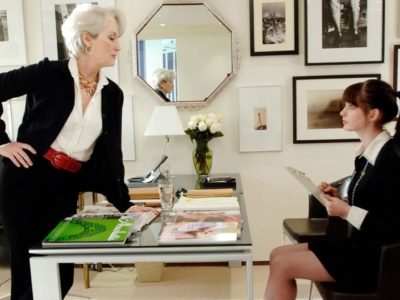Applying for internships or post-college jobs is the last thing you want to do after enduring tedious days of classes and the accompanying course load. Luckily, CM is here to provide a quick, step-by-step checklist to writing a standout cover letter that will help kickstart the daunting path to your career.
While these steps are simple, remember to keep the information anything but. According to the Penn State Career Service Guide for Graduate and Undergraduate Students, “Each letter should be tailored to the organization to which you are applying. Your letter should not read as if you just filled in the blanks.”
Step 1: Set Yourself Up For Success
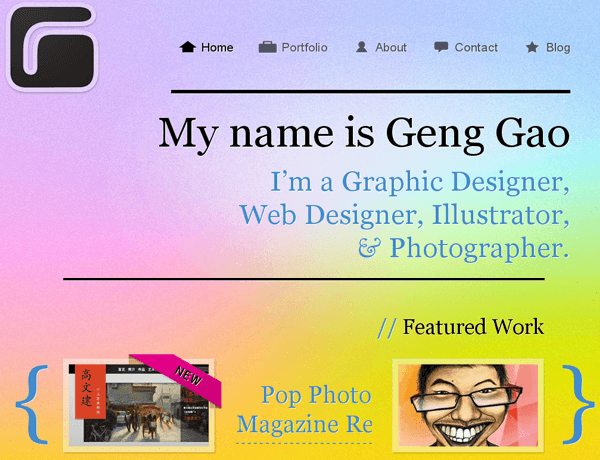
Before even beginning to write a cover letter, make sure to build up your experiences by applying for jobs, internships and volunteer opportunities that are relevant to your field. That way, when you’re applying for the job, your cover letter will simply be a summary of these experiences.
“If you don’t have a portfolio or sample body of work… get one,” said resume writing professional Ivan Hurt.
Step 2: Know Your Audience

Knowing your audience is important for the general air of the cover letter as well as the design. Some larger companies put resumes and cover letters through a scanner system.In that case, an interesting layout would not apply. However, if you’re applying for a creative position at an advertising firm, a letter with an unconventional, interesting layout might amuse and draw in the employer. You could even channel Elle Woods and submit a video cover letter if you’re applying for an internship in the film or broadcast communications industry.
Step 3: Stick To The Plan

Make sure to stay focused on your purpose. Only include information directly relevant to the position you are applying for. “Less is more,” said Donna Zindash, HR Generalist for Titanium Metals Corporation. “The more you try and be creative the more distracting it is.”
Step 4: Don’t Forget the Obvious
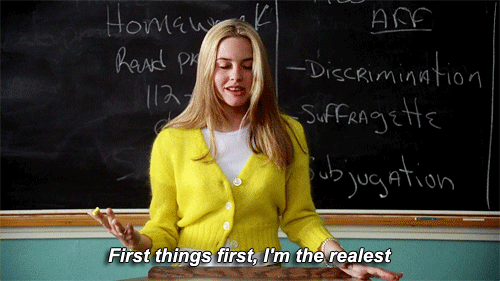
Don’t get caught up in all the bells and whistles of your cover letter and overlook the most important information. At the beginning of your cover letter, be sure to include your address, date and the address of the person or organization you are sending it to. These can all be included on separate lines on the left side of the letter.
Step 5: Addressing Your Future Boss
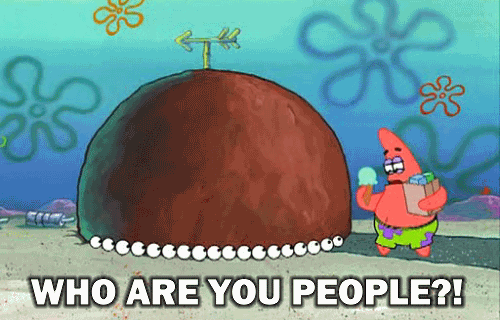
When beginning your cover letter, try to avoid the classic salutation, “To Whom It May Concern.” A little research can help you find the name of the recruiter for the internship or job you are applying for. If said search is inconclusive, address the letter to a group. Some acceptable options include: “Dear Hiring Professionals” or “Dear Selection Committee.” Career Realism, a website that focuses on career and job search advice, contends that while addressing your cover letter to “a hiring team” may sound vague, it broadens your chances of getting it in front of the right person.
Step 6: Introduction
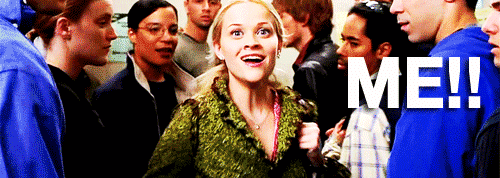
The first paragraph should be a brief introduction of yourself and include why you want to work for the company and how great you would be for the position. Hurt said to hook the reader with a powerful statement in the introduction. One of his clients started their cover letter: “I’m writing your company because I live and breathe HTML5 and ASP.NET program. It consumes my every waking thought, so much so I volunteered to help a local church update their website to ASP.Net.“
Step 7: Sell, Sell, Sell
This is where you really sell why you are a great candidate for the job. Talk about relevant course work, extracurricular or volunteer experience. To determine which aspects of your experience to include, be sure to pay close attention to the description of the position you are applying for on the job listing. “A cover letter should complement, not duplicate, your resume,” said job searching expert, Alison Doyle. Since many of the qualities you mention here are also going to be on your resume, make sure to elaborate to avoid redundancy. Forbes suggests to tell a relevant anecdote. Hurt advises to get unconventional by adding links to online portfolio’s or other projects.
Step 8: Call Me Maybe?

In the conclusion of your cover letter, be gracious for the recipient’s time and consideration. List your email, phone number or preferred method of contact and ask to set up an interview. “Demand an interview, don’t just ask,” Hurt said.
Step 9: Wrap Up
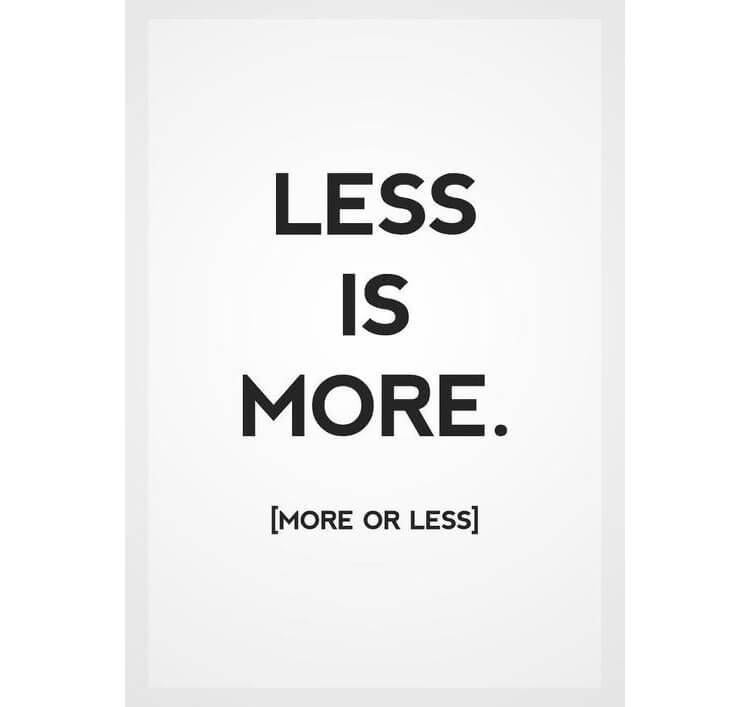
Don’t overthink the ending. Keep it simple by concluding with “Sincerely, your name.”
Step 10: Seal The Deal
https://www.youtube.com/watch?v=hn8Ib44GIxQ
Following these steps will help land you the interview for the internship of your dreams, but then what? Check out CM’s interview guide to ensure that you shine when you finally sit down to snag the job.









